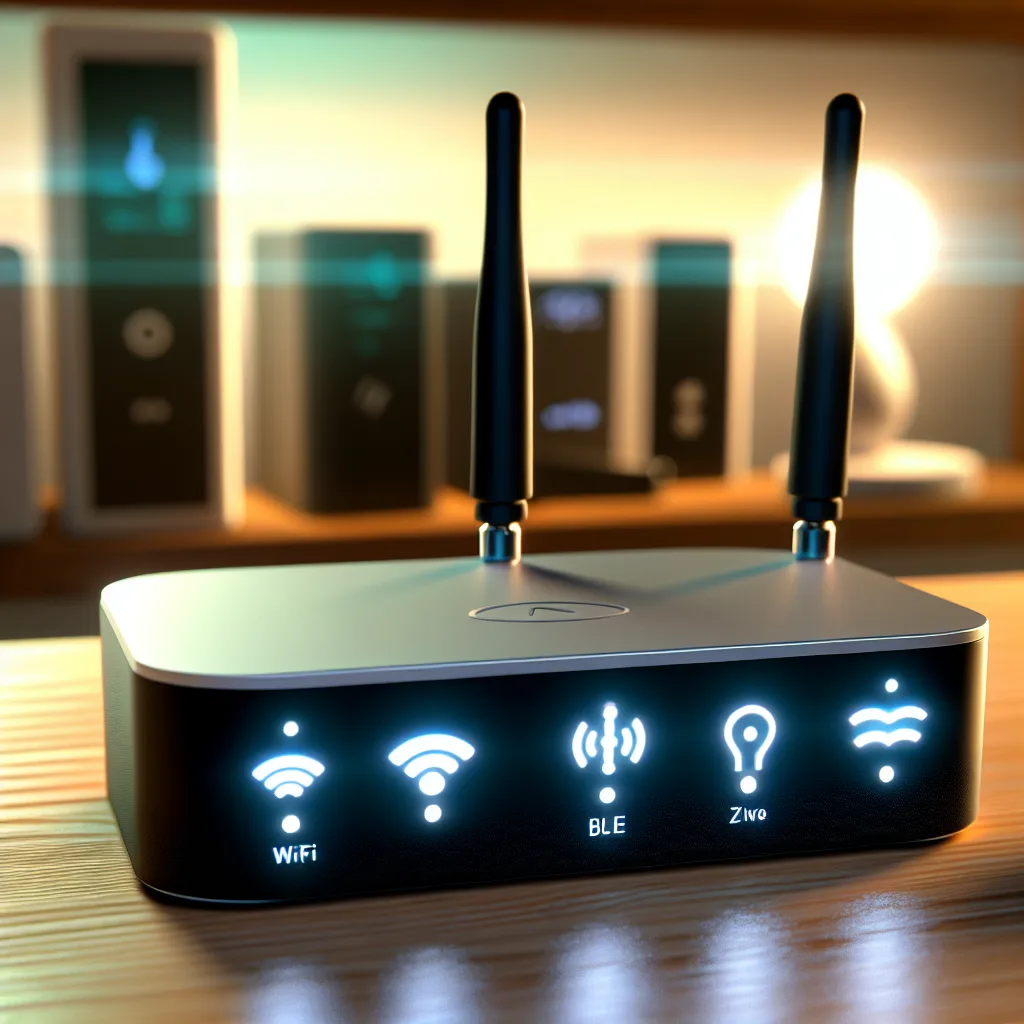A closer look at the compact hub with Wi-Fi, BLE, Zigbee, and Z-Wave running Home Assistant OS
If you’re tinkering with home automation, you’ve probably noticed how clunky it can be to juggle multiple devices and protocols. That’s why the idea of a multi-protocol hub is so intriguing — a single device that plays nice with Wi-Fi, Bluetooth Low Energy (BLE), Zigbee, and Z-Wave, all while running Home Assistant OS right out of the box.
This concept hub is designed to bring all those different smart home gadgets under one roof, making setup and management simpler. Imagine a compact Linux-based device that not only connects via multiple radios but also has the capacity to run your favorite open-source home automation platform, Home Assistant OS. For around $150, a basic version could be within reach, making it an appealing option for both hobbyists and newcomers.
Why a Multi-Protocol Hub Matters
Home automation is a bit like learning several languages at once. Your Zigbee smart bulbs, Z-Wave sensors, Wi-Fi speakers, and BLE trackers all speak different protocols. Without a hub that supports all of them, you end up with a messy network of dongles and bridges, each tied to a specific technology. A multi-protocol hub aims to fix that confusion.
Having all protocols consolidated means fewer devices cluttering your space and a more streamlined control experience. Plus, running Home Assistant OS lets you customize and automate nearly every part of your smart home without relying on multiple apps.
What Makes This Hub Stand Out?
- Built-in radios: Supports BLE, Zigbee, Z-Wave, Wi-Fi, and Ethernet.
- Compact Linux-based system: Runs Home Assistant OS smoothly.
- Affordable: Basic model aiming for around $150.
There’s talk of a “pro” version too, with enhanced microphones, speakers, and even offline voice recognition powered by a small language model (LLM). Imagine commanding your home without needing to connect to cloud services.
Which Protocols Matter Most?
If you’re considering such a hub, the question is—what radios do you really need? BLE, Zigbee, and Z-Wave are common standards in smart home devices. Including all three covers a large portion of the market. Wi-Fi and Ethernet remain essential for internet connectivity and network stability.
The Pro Model: What Could Justify the Premium?
Voice interaction has become a key convenience feature. High-quality hotword detection, a mic array for better sound capture, and offline speech-to-text (STT) and text-to-speech (TTS) could make the pro version worthwhile. Especially for those who value privacy or want to reduce reliance on external servers.
What Would Make You Switch?
To replace your current setup of dongles and bridges, a multi-protocol hub needs to offer more than convenience. It should ensure reliability, easy integration, and possibly features current devices lack like local voice control. Your feedback about what features matter most helps shape the final product.
Final Thoughts
If there’s enough interest, this project may open to crowdfunding, which means enthusiasts could have a say in its features and even pre-order their units. It’s an exciting prospect for anyone wanting a cleaner, smarter, and more integrated home automation experience.
For more on home automation and protocol details, check out Zigbee Alliance and Z-Wave Alliance. To dive deeper into Home Assistant OS, visit their official website.
In the end, this multi-protocol hub concept might be exactly what’s needed to reduce the chaos of smart home setups. Keep an eye out for more updates and consider what features would make you take the plunge into a unified smart home system.
